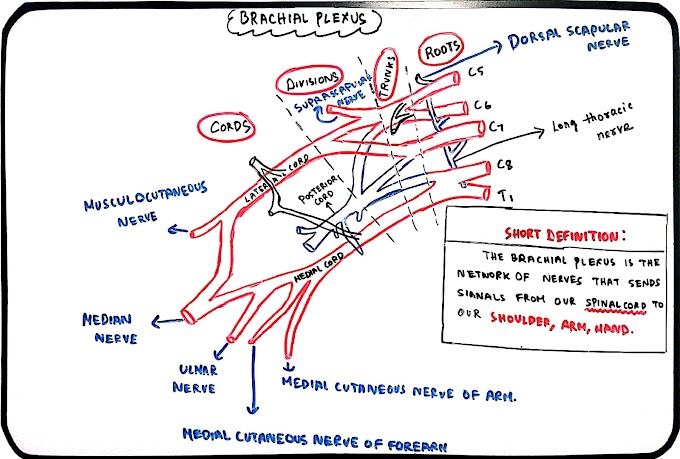Quinolones and fluoroquinolones -
part 1
In this article, you will learn about what is quinolones and fluoroquinolones and mechanism by which they exhibit their bactericidal effect.
Quinolones
and fluoroquinolones both are antibiotics.
Quinolones
have their key component called Nalidixic acid which is also the key component of
fluoroquinolones. Quinolones are said to be effective against gram-negative bacteria.
Fluoroquinolones – a fluorinated form of quinolones is called fluoroquinolones and
they are more effective and widely used nowadays.
The
fluoroquinolones have the 5 key features which make them more compatible:
1. This class of drugs has a good oral absorbing capacity.
2. This class of drugs deeply penetrates the tissues. They
can be penetrated to the intracellular component of the cell. So, this class of
drugs can eliminate the intracellular organisms causing diseases like
chlamydia, TB, Legionella, etc.
3. Newly synthesized fluoroquinolones are broad-spectrum.
4. This class of drugs has high potency.
5. In terms of safety measures, this class of drugs does
not produce many side effects comparing to other antibiotics.
Mechanism
of action of fluoroquinolones:
To
understand the mechanism of action of fluoroquinolones, one must know how the
bacteria are undergoing the replication process in DNA and how they effectively
keep on growing using this replication process.
• The bacterial DNA is double-stranded
and two strands are generally wrapped together.
• To make a new DNA strand, the bacterial
double-stranded DNA unwrap at the center and make the end of the double-strand to be tightly
wrapped.
• This tight wrapping of two strands at the end of the
DNA, is not good for replicating the whole DNA strand.
• So, nature has provided the bacteria
with the enzyme called Topoisomerase
aka DNA gyrase (type – 2, in Gram-negative bacteria).
• This topoisomerase (type – 2) enzyme
has two domains. One domain is called the nuclease domain and another one is called the Ligase domain.
• This nuclease domain cuts the tightly wrapped
double-stranded DNA at the edges so that the tight wrapping is relieved at the
ends and after DNA replication took place throughout the DNA, the Ligase domain effectively
reseals the cut pieces at the ends of the DNA. So, this topoisomerase is
changing only the configuration/twist/
topology of the DNA. Thus, this enzyme got its name called Topoisomerase. This is how the bacteria is effectively
undergoing the replication process.
• Anyway, we are not going to allow the bacteria to be happy
as it is giving trouble to us. So, we produced the antibiotics class called fluoroquinolones, which
will go and bind to the ligase
part of the Topoisomerase (type-2).
• This leaves the bacteria to be broken down into small pieces
but no availability of ligase enzyme to reseals them again. This
effectively kills the bacteria by interfering with their DNA replication
process.
• Thus, fluoroquinolones are bactericidal drugs (most are
effective against gram-negative bacteria).
Technical
terms:
Tight wrapping at the ends – positive supercoiling
at the ends
After cutting by nuclease – negative supercoiling
at the ends
Cutting – nicking
Newly
synthesized Fluoroquinolones are effective against gram-positive bacteria too!
In
gram-positive bacteria, these fluoroquinolones interfere with the enzyme called
topoisomerases (type – 4).












0 Comments